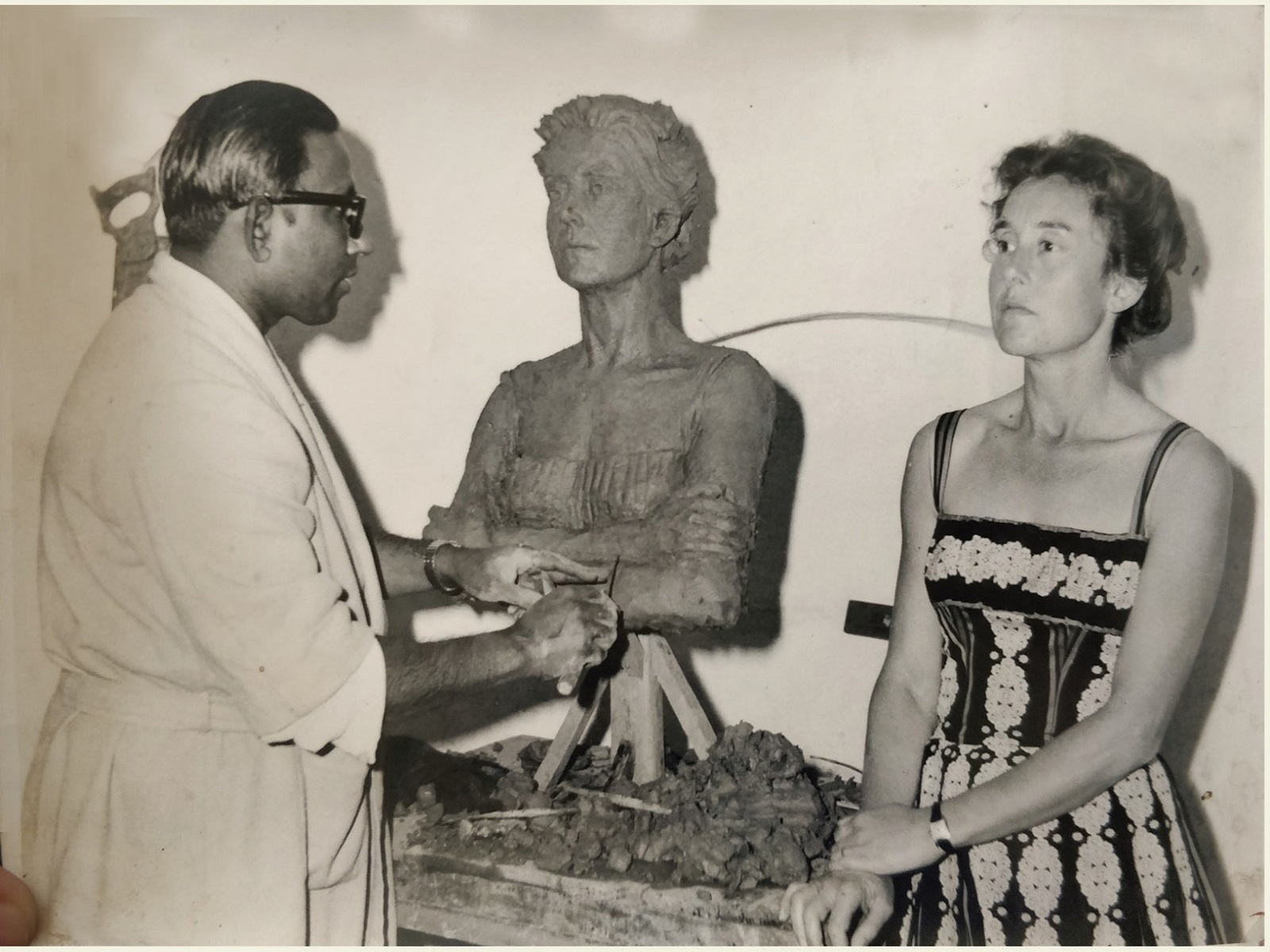
Dada's Journey
Quite marvelous life of Dr. Dwijen Sen - fondly called as Dada!
The life of Dr. Dwijen Sen, also known as Dada, was quite remarkable. Born on 25 December 1924, in Bardhaman, West Bengal, he hailed from a family with a rich tradition of lawyers, doctors, and academicians. Despite his family's expectations for him to study medicine, Dada was determined to pursue his passion for art.
He left home at a young age and ventured to Calcutta, where he briefly involved with the revolutionary freedom fighters but soon realizing his artistic talent, he traveled to Shantiniketan, where he received mentorship from Abanindranath Tagore and studied at Kala Bhavan along with Nandlal Bose and Benode Bihari Mukherjee. Finally, he graduated from Vishwa Bharati with a diploma in painting and sculpting, in 1946.
Subsequently, he embarked on a journey across India, seeking out opportunities to hone his skills as a sculptor. He also went Kathmandu, Nepal to learn skills of Bronze Casting. Eventually in 1947, he arrived in Dehradun and joined the Manava Bharti School, where he made significant contributions to the school's artistic and aesthetic endeavors.
Dada's legacy lives on through his sculptures, including those adorning the main gate of Manava Bharti School, serving as a testament to his enduring impact on the institution.








